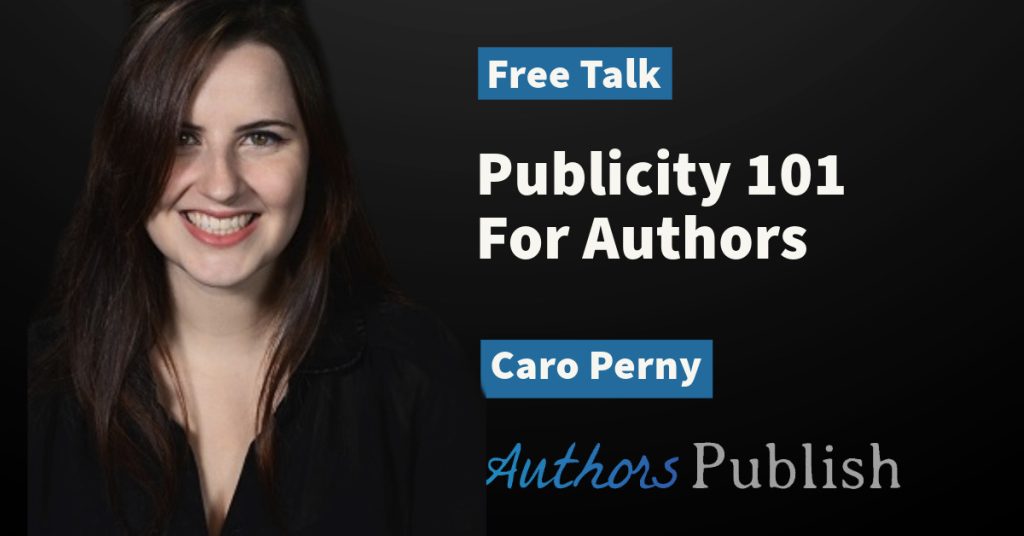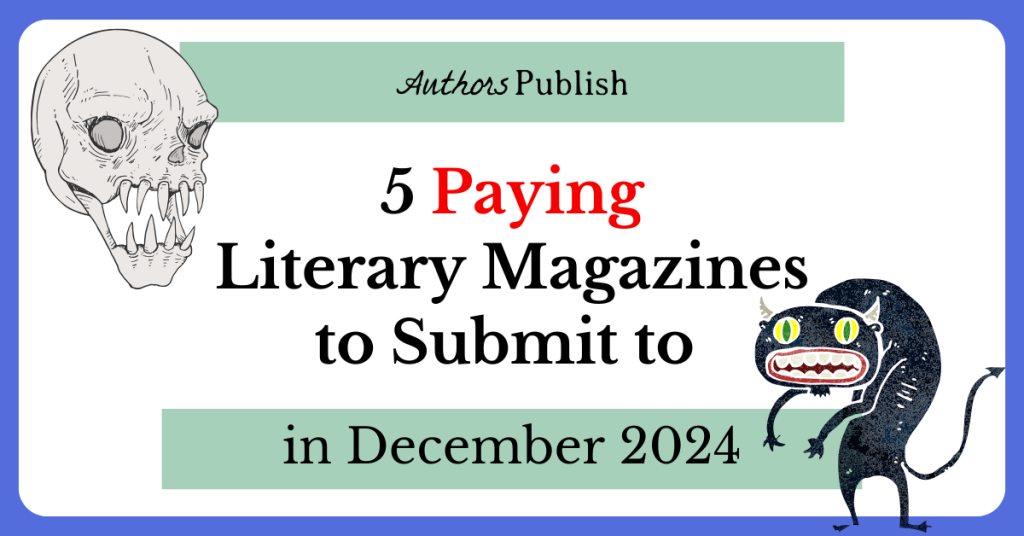By Ley Taylor Clark
So you’ve finally plotted out — and maybe even drafted! — all the major beats of your story. You know what’s meant to happen and when, and your novel is starting to take impressive shape. You’re feeling good, but after you do another read through or pass it off to a helpful friend for feedback, you realize you’re missing something major. Maybe your character arcs feel incomplete, maybe your word count is vastly longer or shorter than it needs to be, or maybe you’re left with far too many bare-bones scenes between your most important plot points. Whatever the problem is, chances are that subplots are the solution you’re looking for.
Subplots can be daunting at any stage of the writing process. Drafting is hard enough without the complexities of B and C stories, and self-editing can be frustrating when it comes to weaving those stories into your main plot. It’s all too easy to lose your balance and end up either rushing through your main plot, spending far too much time on an arc that doesn’t need half so much detail, or both. Mastering subplots is the key to maintaining consistent pacing and ensuring that your story doesn’t feel flat in places and overstuffed in others.
Thankfully, this is easier than it seems while you’re stuck in the weeds. It’s a simple matter of choosing the right subplots and touching on them at the right times — with careful planning, your different ideas and themes will start to flow together naturally. At the end of the process, you’ll end up with a more robust draft that enhances your main story, rather than distracting from it.
With all of this in mind, let’s take a look at the best ways to write effective subplots.
Choose subplots that connect to your main story.
The best subplots are ones that inform or complicate the core story you’re telling, whether that’s your plot, your protagonist’s character arc, or your theme. Ideally, you want subplots that feel interconnected to the point that events and/or information from your subplot affect events from your main plot, and vice versa. From a craft perspective, this results in a more nuanced, multi-layered story with stronger characters and a more focused central message. From a drafting perspective, this makes for a much easier time braiding your storylines together and keeping your pacing in check.
To identify these subplots, begin by looking for the loose ends that already exist in your story. There’s a good chance that these little details pop up more than once over the course of your plot (or could easily be written in, since it’s information you’ve already set up). This gives you a few “touchpoints” where you can start connecting your subplot to your main plot without having to add something new from scratch.
Not every loose end has to become a subplot, but they’re a great jumping off point when you’re looking for options. Maybe your protagonist mentions offhandedly that they have a poor relationship with their family — a subplot where they mend their broken bridges could grant them the self-reflection skills they need to complete their apotheosis. Maybe they find an unimportant side character attractive — a romance subplot could flesh out both characters and add some tension to slower “filler” scenes. Even something as basic as wanting to learn a new language could eventually result in them learning some information that’s crucial to the main plot! Finding creative ways to incorporate throwaway details can both tighten up and bolster your story in a way that makes it seem like you were doing it on purpose all along.
Introduce your subplots early on.
Because subplots aren’t meant to be the major focus of your story, it’s important to introduce them at a point that won’t distract from your core plot. Even if the payoff doesn’t come until closer to the end of the story, introducing new concepts and plot lines too late in the game risks throwing off your pacing and overwhelming readers with information while they’re still trying to process your major story beats.
It’s best to lay the groundwork for your subplots in Act 1, then begin to incorporate them at the start of Act 2. This gives you a chance to ease readers into your various story threads and ensure things flow naturally from start to finish. Let’s go with the above example in which the protagonist has a poor relationship with their family. You could introduce this complication in Act 1 by having the protagonist mention that they don’t speak to their parents outside of cursory holiday calls or emergencies, or start a scene with them storming out of an argument in favor of doing more plot-related activities. Then, near the beginning of Act 2, you could kick off the subplot by having a sibling reach out with an invitation to family dinner in the hopes of patching things up. This gives readers the background they need to understand that family is a source of tension for the protagonist, and that any scenes that feature their family moving forward are going to be significant to the protagonist’s development in some way, even if it’s not immediately connected to the main plot.
There are a number of ways you can proceed from there, but introducing these concepts early gives you plenty of time to build on the subplot and space out its significant beats without making it feel rushed or pulling too much attention from your story.
Include enough major beats per subplot.
Once you’ve introduced your subplots, it’s time to start incorporating them into the greater fabric of your story. Although they can make small appearances throughout your story, there should be a few points at which the focus pulls away from the main plot and centers on a scene dedicated entirely to the subplot in question. A good rule of thumb is planning out three major beats per subplot and leaving any minor details to side mentions in your more plot-relevant scenes.
These beats include the initial Act 2 introduction described above, a second event that occurs later in Act 2 and contributes to the rising tension of the story, and a resolution that takes place near the climax of the story. This resolution can occur in either Act 2 or 3, depending on the progression of your main plot, but should serve as the final, necessary complication that ultimately connects the subplot to your protagonist’s emotional or external arc. Between these beats are bridging details that happen in the background and set up context readers will need for the next touchpoint, with the subplot ultimately coming to a close with a final “check-in” during the closing scenes to let readers know how things have resolved for the protagonist.
Let’s return one last time to the protagonist struggling with their family. The introductory beat involves a family dinner in which the sibling reveals that they’re having a baby and hope to reconcile the family before it arrives. The protagonist spends a few scenes attempting to communicate with their parents to varying levels of success until later on in Act 2, when the family gets together again for the sibling’s baby shower. Minor offenses cause tempers to rise and ultimately boil over in a fight, and the protagonist resolves to be there for their sibling, but never speak to their parents again. This resentment follows them through the last few scenes of Act 2 and ultimately contributes to a major mistake leading into Act 3. The protagonist is miserable and left blaming themselves until their sibling calls to inform them that the baby’s coming. They spend some tense hours at the hospital, but holding the new arrival restores their hope and optimism. They sit down for a serious and honest conversation with their parents, and return to the main plot with the peace of mind and resolve needed to solve their problem. The story ends with the whole family welcoming the baby home, and everyone dedicated to finding common ground.
By spacing out each of these beats and adding the bridging details between, the subplot has plenty of room to breathe and reach a natural and well-timed conclusion right when the protagonist needs it most.
Wrap everything up at the end.
We’re back to talking about loose ends—as in, you shouldn’t leave any behind. Any threads that don’t become subplots should be neatly clipped to avoid your story getting frayed or tangled, and any that you’ve decided to expand should come to a satisfying conclusion by the end of the story. Why do all that work just to trip at the finish line, right?
Now, this isn’t to say that you can’t have vague endings or cliffhangers—those can be extremely welcome, but you should make sure you’re doing them properly and with intention. Subplots that are intentionally left unresolved should still come to a close at a point that makes sense. A character disappearing from the narrative raises all sorts of interesting questions, but only if their last known appearance involved some kind of trigger, like an emotionally-charged fight or a near-death experience they managed to escape. Otherwise, it will seem as though they had no motivation to vanish, and readers will be left wondering if you simply forgot about them. Just make sure that even when your conclusions aren’t complete, they’re at least understandable.
——
By following these tips, you should end up with a story that has much more room to breathe and holds enough space for both the plot and the protagonist’s personal development. Readers are left with an emotionally compelling journey that feels neatly paced and comes together in a cohesive and well-timed conclusion. While there’s a good chance you’ll need to continue to tweak and trim details during revision and self-editing, writing effective subplots results in a stronger and more effective story as a whole.
Bio: Ley Taylor Johnson is a freelance fiction editor and writing coach. Having spent all their life in the rainy PNW, they know the value of spending time inside with a good book, and have channeled their passion for storytelling into a career helping indie authors bring their stories to life. Check out their website for more information, and their Instagram for more general writing geekery.






